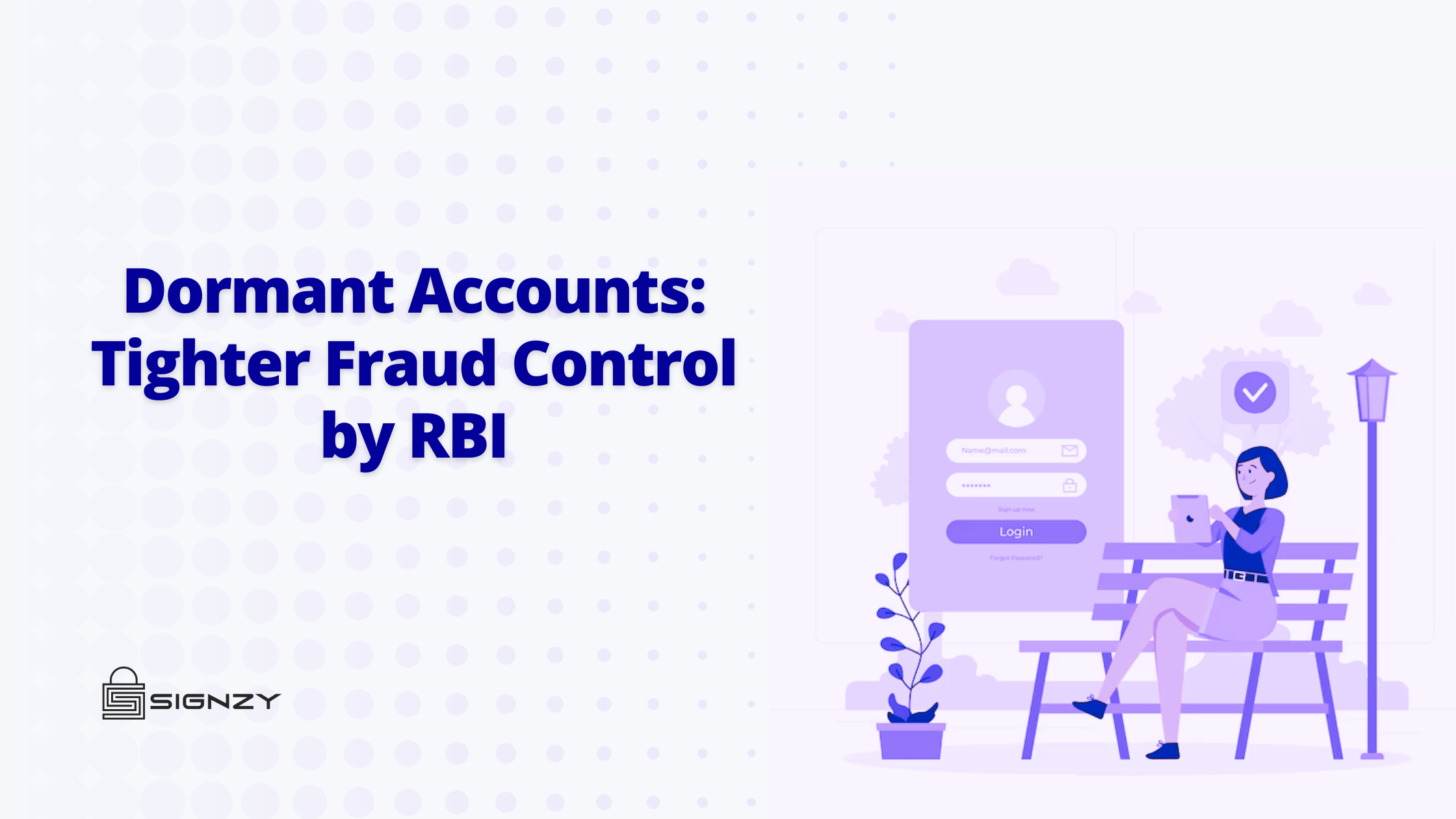Key Highlights:
- The Indian fintech space has seen meteoric growth in recent years with the industry having received $31 billion in investments in just the last decade.
- Owing to this monetary support, the startups in the fintech industry experienced 500% growth in the same period.
- Democratizing finance has been the name of the game with affordable mobiles and data. Zero-balance bank accounts have also led to the increased acceptance of these fintech players’ services.
India recently hosted the fifth Global Fintech Fest from 28th-30th August at the Jio World Convention Centre, Mumbai. The event had an attendance of around 800 speakers which included Narendra Modi, the Prime Minister of India, various policymakers, regulators, industry leaders, and other incumbents.
Signzy was also present at this event and we had the opportunity to communicate with the Prime Minister of India, Narendra Modi, about our collaboration with the National Payments Corporation of India (NPCI) and the Ease of Doing Business (EoDB) agency.
Let’s take a look at everything that went down at GFF 2024.
About the Global Fintech Fest 2024
The Global Fintech Fest (GFF) was started in 2020. This was the fifth edition of the event and the theme was “Blueprint for the Next Decade of Finance: Responsible AI | Inclusive | Resilient”. The event was attended by significant figures like the Prime Minister of India, Narendra Modi, the Governor of the Reserve Bank of India, Shaktikanta Das, the Parliamentary State Secretary of the German Federal Ministry of Finance, Dr. Florian Toncar, and more.
The conference aimed to lay down the plan of action for the future of the Indian fintech domain. As India thrives in the age of digitization, the Indian Prime Minister mentioned how policy changes like the removal of the Angel Tax helped the fintech sector. He also stated the need for additional regulatory measures to reduce the instances of cyber and financial crimes in the country.
The next GFF is scheduled to be held from 7th-9th October 2025.
India: The Next Fintech Frontier
The Indian economy is massively potent in its growth prospects, especially in the Fintech Industry. The availability of affordable mobile phones and data, along with the growth and acceptance of zero-balance accounts among the citizens has played an important role in expediting the country’s financial journey.
Here are a few of the feathers that the Indian fintech industry added to its hat in the last decade:
- Indian broadband users have gone up from 60 million to 940 million.
- Over 530 million people – equivalent to the population of the European Union have opened Jan Dhan Bank accounts. Out of these, more than 290 million bank accounts were opened by women. The Jan Dhan accounts are zero-balance accounts that aim to increase the banked population of the country.
- The increase in the number of internet users in the country, along with the ease of access to the internet has led to India becoming the hub for more than half of the world’s real-time digital transactions.
- More than $31 billion have been invested in the Indian fintech sector. This has led to fintech startups growing by 500%.
- The Pradhan Mantri MUDRA Yojana: a business loan initiative by the Indian government, has disbursed loans of over Rs. 27 billion.
As you can see, the Indian fintech space is already making significant moves and it’s only getting started. Signzy sees the potential that the country has and wants to become a part of its growth trajectory. This is why, the GGF 2024 presented a perfect opportunity for us to cement a collaborative effort with the Indian government to help them on their upcoming journey.

Signzy x India: Moving Fintech Ahead
With India turning into a blooming economy, Signzy recognized an opportunity to grow with the Indian fintech industry. Here is a list of projects that Signzy has under works in collaboration with the National Payments Corporation of India (NPCI), and the Ease of Doing Business (EoDB) agency:
- Signzy is collaborating with NPCI to create a unified onboarding process for Rupay Credit Cards.
- Improving the state payment handling in rural India in collaboration with NPCI.
- Collaborating with the Ease of Doing Business (EoDB) agency to aid in the implementation of the Digital Innovations Interventions for Sustainable Healthtech Action (DIISHA) program.
The DIISHA program aims to engage AI technology to help Accredited Social Health Activist (ASHA) workers. Collaborating with Signzy, DIISHA aims to aid ASHA workers in the following ways:
- Create authentic records
- Performing Liveness Checks
- Validating the Bank Accounts of the ASHA workers
- Creating on-the-spot Ayushman Bharat Health Accounts (ABHA)
Conclusion
India, despite being a nascent economy, is making significant strides in the fintech domain. This paints a pretty picture of possibilities. Signzy believes in this potential and is taking steps to help India achieve its Fintech dreams.
Frequently Asked Questions
1.What is the Global Fintech Fest?
The Global Fintech Fest is one of the biggest fintech conferences in India, which is hosted annually by the Payments Council of India (PCI), the National Payments Corporation of India (NPCI), and the Fintech Convergence Council (FCC).
2.Where is GFF in Mumbai?
The Global Fintech Fest is held in Mumbai at the Jio World Convention Centre.
3.What is the meaning of fintech?
The word Fintech is a combination of the words finance and tech. Fintech refers to any platform, whether in the form of an app or a website, that acts as an interface between a financial institution and its customers.







